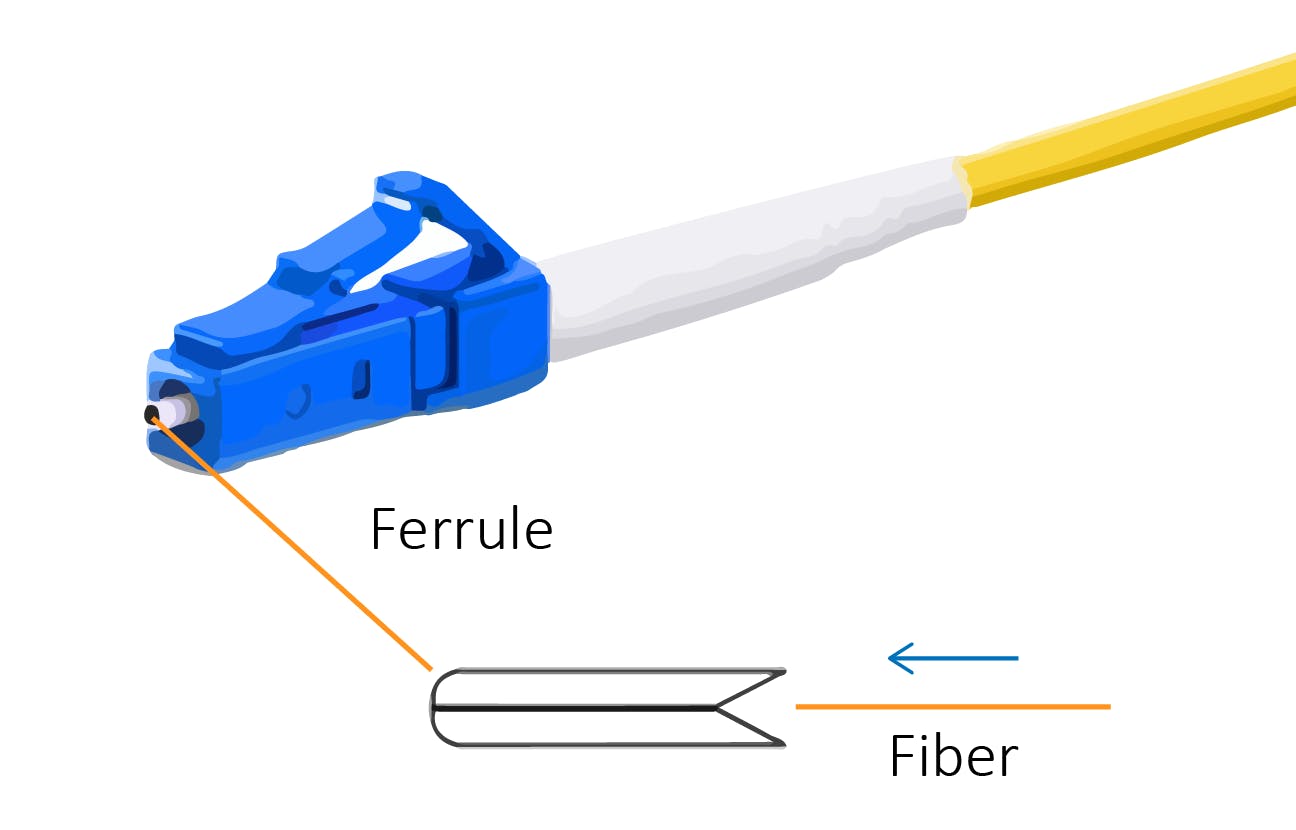Achieving optimal performance in high-speed networking requires understanding and addressing connectivity loss. In this article, we explore the different types of loss and effective strategies to mitigate their impact.

Types of Loss
Connectivity loss can be categorized into two primary types: insertion loss (IL) and return loss (RL). Insertion loss occurs when additional devices are introduced into the network, leading to signal attenuation. On the other hand, return loss is related to factors that limit the amount of signal reflected back to the source.
To prevent these losses, it is essential to minimize fiber complexity, reduce the number of splices, and avoid using low-quality fiber cables with subpar loss specifications.
Targeted Measurement and Resolution
When faced with connectivity loss concerns, conducting separate measurements for both IL and RL becomes crucial. This approach allows for a more precise identification and resolution of the underlying issues, ensuring optimal network performance.
The Role of Ferrules
Ferrules, the tiny structures holding the fiber within fiber-optic connectors, can contribute to loss. The industry uses three common types of polish: physical contact (PC), ultra-physical contact (UPC), and angled physical contact (APC).
PC polish reduces the imperfection's surface area by adding a convex finish, making it suitable when insertion loss tolerance is relatively high.

UPC, with extended polishing, provides a more reliable signal with lower insertion loss. However, repeated mating and un-mating may lead to increased return loss due to deteriorating fiber surface quality.

APC, featuring an angled convex surface, tightens the connection and channels back reflection into the fiber cladding, nullifying its impact. APC is preferred for applications with lower loss tolerance, such as fiber-to-the-home (FTTH) deployment.

Regardless of the polish type used, maintaining clean ferrules is of paramount importance for minimizing connectivity loss, particularly before and after testing procedures.
Staying within the Loss Budget
Keeping the cumulative acceptable loss, known as the "loss budget," in check is crucial. Exceeding the loss budget signals the need for thorough examination to identify the root causes of loss and ensure network optimization
Conclusion
In the dynamic world of high-speed networking, addressing connectivity loss is key to achieving peak performance. Embrace reliable and efficient networking solutions to power your network's success and stay ahead of the competition. Partner with us to master connectivity and unleash your network's full potential.
